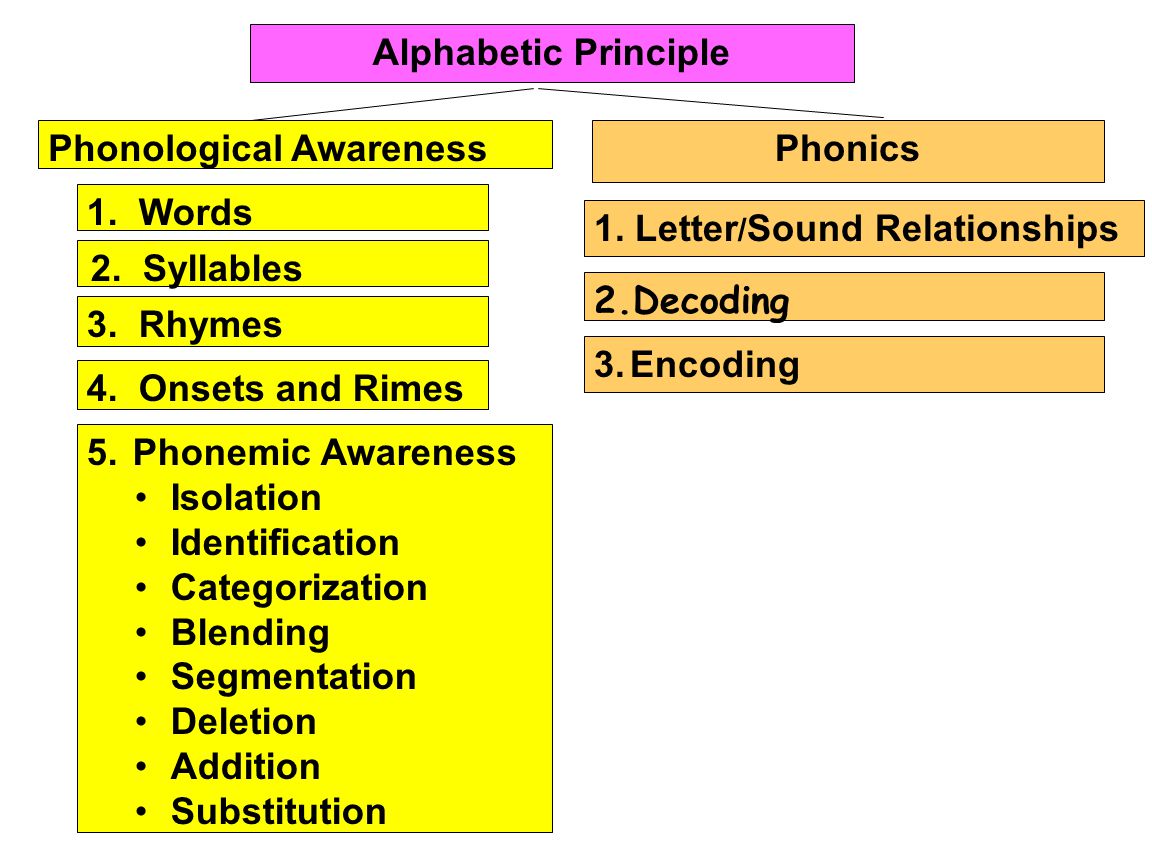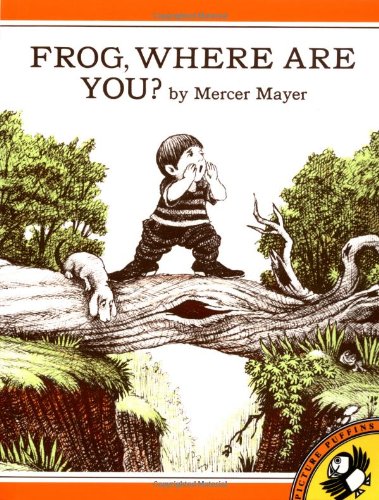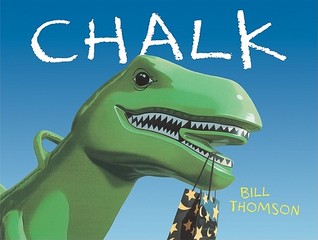Today, after a long hiatus, I am continuing my series of blog posts on “Scholars Who do Not Receive Enough Mainstream Exposure” by summarizing select key points from Dr. Alan G. Kamhi’s 2004 article: “A Meme’s Eye View of Speech-Language Pathology“.

Some of you may be wondering: “Why is she reviewing an article that is more than a decade old? The answer is simple. It is just as relevant, if not more so today, as it was 12 years ago, when it first came out.
In this article, Dr. Kamhi, asks a provocative question: “Why do some terms, labels, ideas, and constructs [in the field of speech pathology] prevail whereas others fail to gain acceptance?“
He attempts to answer this question by explaining the vital role the concept of memes play in the evolution and spread of ideas.
A meme (shortened from the Greek mimeme to imitate) is “an idea, behavior, or style that spreads from person to person within a culture”. The term was originally coined by British evolutionary biologist Richard Dawkins in The Selfish Gene (1976) to explain the spread of ideas and cultural phenomena such as tunes, ideas, catchphrases, customs, etc.
‘Selfish’ in this case means that memes “care only about their own self-replication“. Consequently, “successful memes are those that get copied accurately (fidelity), have many copies (fecundity), and last a long time (longevity).” Therefore, “memes that are easy to understand, remember, and communicate to others” have the highest risk of survival and replication (pp. 105-106).
So what were some of the more successful memes which Dr. Kamhi identified in his article, which still persist more than a decade later?
- Learning Disability
- Auditory Processing Disorder
- Sensory Integration Disorder
- Dyslexia
- Articulation disorder
- Speech Therapist/ Pathologist
Interestingly the losers of the “contest” were memes that contained the word language in it:
- Language disorder
- Language learning disability
- Speech-language pathologist (albeit this term has gained far more acceptance in the past decade)
Dr. Kamhi further asserts that ‘language-based disorders have failed to become a recognizable learning problem in the community at large‘ (p.106).
So why are labels with the words ‘language’ NOT successful memes?
According to Dr. Kamhi that is because “language-based disorders must be difficult to understand, remember, and communicate to others“. Professional (SLP) explanations of what constitutes language are lengthy and complex (e.g., ASHA’s comprehensive definition) and as a result are not frequently applied in clinical practice, even when its aspects are familiar to SLPs.
Some scholars have suggested that the common practice of evaluating language with standardized language tools, restricts full understanding of the interactions of all of its domains (“within larger sociocultural context“) because they only examine isolated aspects of language. (Apel, 1999)
Dr. Kamhi, in turn explains this within the construct of the memetic theory: namely “simple constructs are more likely to replicate than complex ones.” In other words: “even professionals who understand language may have difficulty communicating its meaning to others and applying this meaning to clinical practice” (p. 107).
Let’s talk about the parents who are interested in learning the root-cause of their child’s difficulty learning and using language. Based on specific child’s genetic and developmental background as well as presenting difficulties, an educated clinician can explain to the parent the multifactorial nature of their child’s deficits.
However, these informed but frequently complex explanations are certainly in no way simplistic. As a result, many parents will still attempt to seek other professionals who can readily provide them with a “straightforward explanation” of their child’s difficulty. Since parents are “ultimately interested in finding the most effective and efficient treatment for their children” it makes sense to believe/hope that “the professional who knows the cause of the problem will also know the most effective way to treat it“(p. 107).
This brings us back to the concept of successful memes such as Auditory Processing Disorder (C/APD) as well as Sensory Processing Disorder (SPD) as isolated diagnoses.
Here are just some of the reasons behind their success:
- They provide a simple solution (which is not necessarily a correct one) that “the learning problem is the result of difficulty processing auditory information or difficulty integrating sensory information“.
- The assumption is “improving auditory processing and sensory integration abilities” will improve learning difficulties
- Both, “APD and SID each have only one cause“, so “finding an appropriate treatment …seems more feasible because there is only one problem to eliminate“
- Gives parents “a sense of relief” that they finally have an “understandable explanation for what is wrong with their child“
- Gives parents hope that the “diagnosis will lead to successful remediation of the learning problem“
For more information on why APD and SPD are not valid stand-alone diagnoses please see HERE and HERE respectively.
A note on the lack of success of “phonological” memes:

- They are difficult to understand and explain (especially due to a lack of consensus of what constitutes a phonological disorder)
- Lack of familiarity with the term ‘phonological’ results in poor comprehension of “phonological bases of reading problems“ since its “much easier to associate reading with visual processing abilities, good instruction, and a literacy rich environment” (p. 108).
Let’s talk about MEMEPLEXES (Blackmore, 1999) or what occurs when “nonprofessionals think they know how children learn language and the factors that affect language learning“ (Kamhi, 2004, p.108).
A memplex is a group of memes, which become much more memorable to individuals (can replicate more efficiently) as a team vs. in isolation.
Why is APD Memeplex So Appealing?
According to Dr. Kamhi, if one believes that ‘a) sounds are the building blocks of speech and language and (b) children learn to talk by stringing together sounds and constructing meanings out of strings of sounds’ (both wrong assumptions) then its quite a simple leap to make with respect to the following fallacies:

- Auditory processing are not influenced by language knowledge
- You can reliably discriminate between APD and language deficits
- You can validly and reliably assess “uncontaminated” auditory processing abilities and thus diagnose stand-alone APD
- You can target auditory abilities in isolation without targeting language
- Improvements in discrimination and identification of ‘speech sounds will lead to improvements in speech and language abilities‘
For more detailed information, why the above is incorrect, click: HERE
On the success of the Dyslexia Meme:
- Most nonprofessionals view dyslexia as visually based “reading problem characterized by letter reversals and word transpositions that affects bright children and adults“
- Its highly appealing due to the simple nature of its diagnosis (high intelligence and poor reading skills)
- ‘The diagnosis of dyslexia has historically been made by physicians and psychologists rather than educators‘, which makes memetic replication highly successful
- The ‘dyslexic’ label is far more appealing and desirable than calling self ‘reading disabled’
For more detailed information, why the above is far too simplistic of an explanation, click: HERE and HERE.
Final Thoughts:
As humans we engage in transmission of ideas (good and bad) on constant basis. The popularity of powerful social media tools such as Facebook and Twitter ensure their instantaneous and far reaching delivery and impact. However, “our processing limitations, cultural biases, personal preferences, and human nature make us more susceptible to certain ideas than to others (p. 110).”
As professionals it is important that we use evidence based practices and the latest research to evaluate all claims pertaining to assessment and treatment of language based disorders. However, as Dr. Kamhi points out (p.110):
- “Competing theories may be supported by different bodies of evidence, and the same evidence may be used to support competing theories.”
- “Reaching a scientific consensus also takes time.”
While these delays may play a negligible role when it comes to scientific research, they pose a significant problem for parents, teachers and health professionals who are seeking to effectively assist these youngsters on daily basis. Furthermore, even when select memes such as APD are beneficial because they allow for a delivery of services to a student who may otherwise be ineligible to receive them, erroneous intervention recommendations (e.g., working on isolated auditory discrimination skills) may further delay the delivery of appropriate and targeted intervention services.
So what are SLPs to do in the presence of persistent erroneous memes?
“Spread our language-based memes to all who will listen” (Kamhi, 2004, 110) of course! Since we are the professionals whose job is to treat any difficulties involving words. Consequently, our scope of practice certainly includes assessment, diagnosis and treatment of children and adults with speaking, listening, reading, writing, and spelling difficulties.
As for myself, I intend to start that task right now by hitting the ‘publish’ button on this post!

References:
Kamhi, A. (2004). A meme’s eye view of speech-language pathology. [PDF] Language, Speech, and Hearing Services in Schools, 35, 105-112.
On DAY 9 of my Birthday Month Giveaways I am raffling off a giveaway by The Speech Bucket, which is a “If you take a mouse to school” book companion AND an Add-on Activity. That’s right not one but two great activity packet’s with everyone’s favorite mischievous mouse.

 Wrapping up third week of my Birthday Month Extravaganza is a giveaway from
Wrapping up third week of my Birthday Month Extravaganza is a giveaway from 





 Today I am writing my last installment in the five-part early intervention assessment series. My
Today I am writing my last installment in the five-part early intervention assessment series. My 
 Spoon Stripping and Mouth Closure: During the yogurt presentation, AK’s spoon stripping abilities and mouth closure were deemed good (adequate) when fed by a caregiver and fair when AK fed self (incomplete food stripping from the spoon was observed due to only partial mouth closure). According to parental report, AK’s spoon stripping abilities have improved in recent months. Ms. K was observed to present spoon upwardly in AK’s mouth and hold it still until AK placed her lips firmly around the spoon and initiated spoon stripping. Since this strategy is working adequately for all parties in question no further recommendations regarding spoon feeding are necessary at this time. Skill monitoring is recommended on an ongoing basis for further refinement.
Spoon Stripping and Mouth Closure: During the yogurt presentation, AK’s spoon stripping abilities and mouth closure were deemed good (adequate) when fed by a caregiver and fair when AK fed self (incomplete food stripping from the spoon was observed due to only partial mouth closure). According to parental report, AK’s spoon stripping abilities have improved in recent months. Ms. K was observed to present spoon upwardly in AK’s mouth and hold it still until AK placed her lips firmly around the spoon and initiated spoon stripping. Since this strategy is working adequately for all parties in question no further recommendations regarding spoon feeding are necessary at this time. Skill monitoring is recommended on an ongoing basis for further refinement.  Cup and Straw Drinking: AK was also observed to drink 40 mls of water from a cup given parental assistance. Minor anterior spillage was intermittently noted during liquid intake. It is recommended that the parents modify cup presentation by providing AK with a plastic cup with two handles on each side, which would improve her ability to grasp and maintain hold on cup while drinking.
Cup and Straw Drinking: AK was also observed to drink 40 mls of water from a cup given parental assistance. Minor anterior spillage was intermittently noted during liquid intake. It is recommended that the parents modify cup presentation by providing AK with a plastic cup with two handles on each side, which would improve her ability to grasp and maintain hold on cup while drinking.






